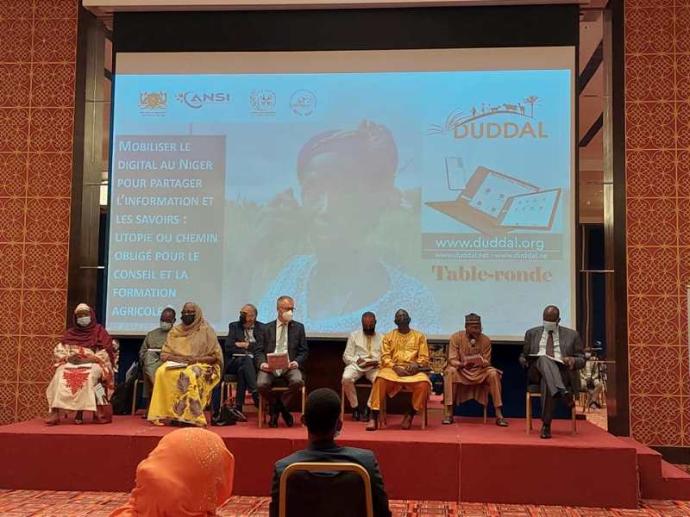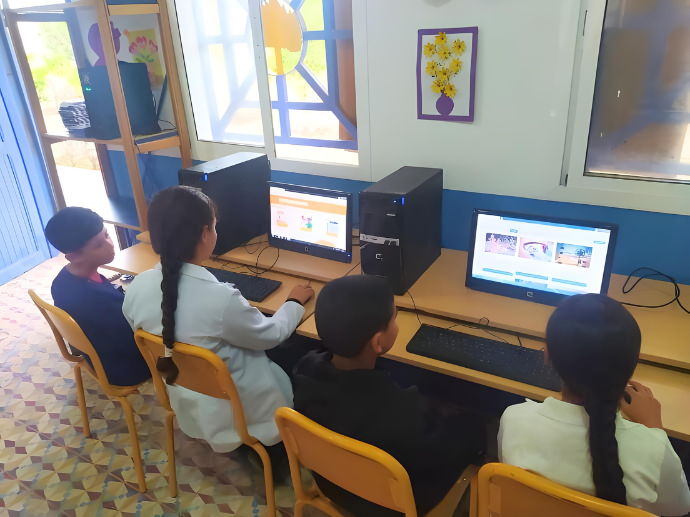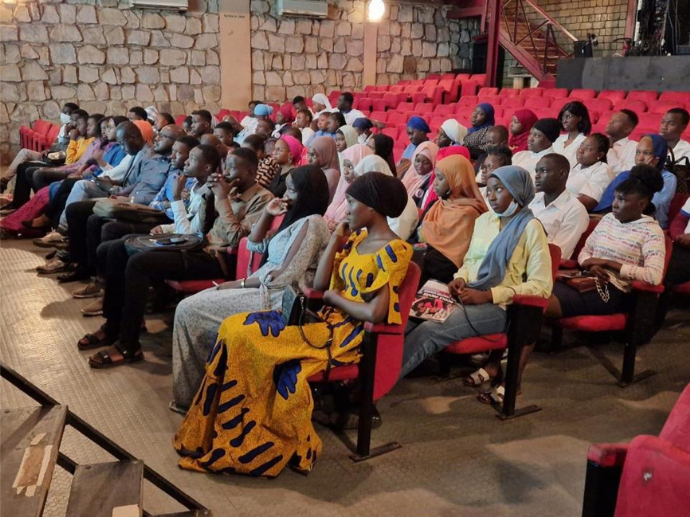The mobile penetration in Africa has experienced remarkable growth over the past decade, driven by the rise of smartphones, the gradual decrease in data prices, and the expansion of mobile networks. However, this growth remains unevenly distributed across the continent’s various regions.
Rapid but uneven growth
According to GSMA Mobile Economy Sub-Saharan Africa 2023, around 515 million people in Sub-Saharan Africa were mobile subscribers in 2022—about 43% of the population—but only 29% were using mobile Internet services. This indicates strong growth in adoption, but also highlights persistent barriers such as the cost of devices and limited digital literacy.
North Africa shows the highest Internet penetration rates on the continent. Countries like Egypt, Morocco, and Tunisia benefit from better infrastructure, higher urban density, and more coherent public policies. In 2023, Egypt had over 71 million mobile Internet users, according to DataReportal.
Southern Africa follows, with strong penetration rates—particularly in South Africa. According to DataReportals report from early 2024, South Africa had 45.34 million Internet users, representing a 74.7% penetration rate of the total population, with major operators like Vodacom, MTN, Telkom, and Cell C.
In contrast, West and Central Africa have more fragmented levels of penetration. Nigeria, the continent’s largest economy, stands out with approximately 122 million mobile Internet subscribers, but other countries like Chad or the Central African Republic lag far behind, with penetration rates sometimes below 15 %.
East Africa, led by countries like Kenya, Uganda, and Tanzania, is seeing steady development in mobile Internet usage. Kenya, in particular, is a model for mobile service integration thanks to the combination of mobile Internet and financial services like M-Pesa.

Key growth drivers
Three main factors have fueled this growth:
- The decreasing cost of smartphones: The entry of manufacturers such as Transsion (Tecno, Infinix) has made smartphones under $100 more widely accessible.
- The development of 4G networks: More than 45 African countries now have access to 4G, although coverage remains uneven.
The rise of essential mobile services: Sectors such as education, health, financial services, and entertainment are boosting demand for mobile Internet access.
Challenges for the future
Despite the overall positive trand, more than 800 million people in Sub-Saharan Africa still live in areas covered by mobile networks but do not use them due to affordability issues, lack of digital skills, or the absence of relevant local content and services. Digital inclusion—particularly in rural areas, and among women and youth—remains a top priority.
In summary, mobile Internet is rapidly expanding in Africa, but its development is still highly uneven across regions. The key challenge now is to shift from purely quantitative growth to more equitable and inclusive progress.
 Duddal
Duddal SOS Village d'Enfants Niger
SOS Village d'Enfants Niger



How has mobile Internet penetration developed in Africa?